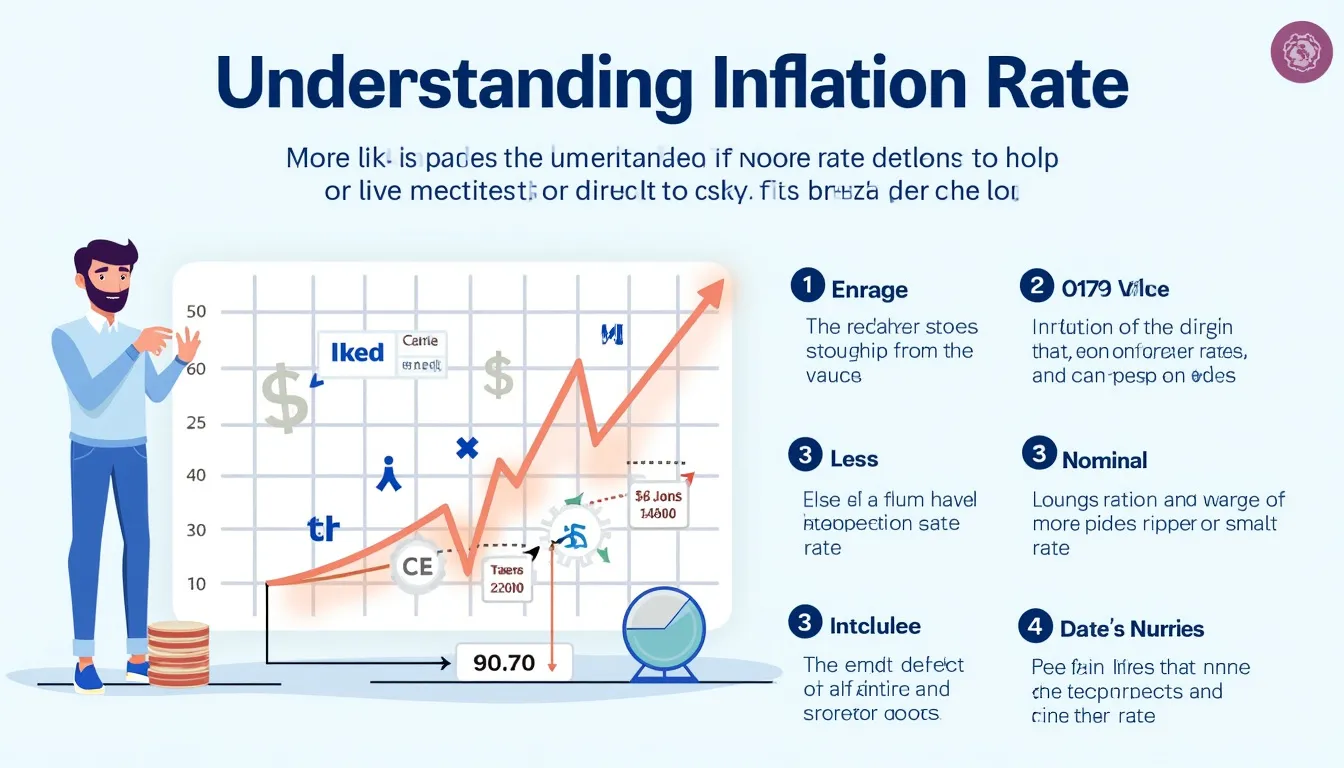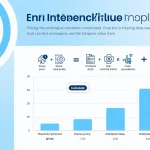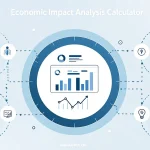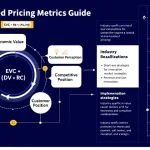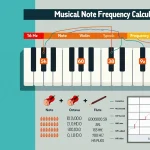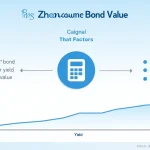Inflation Rate Calculator
Is this tool helpful?
How to use the tool
- Bigger Year Value – type the price index for the later year. Example inputs: 150 or 210.
- Smaller Year Value – enter the earlier year’s index. Example inputs: 120 or 180.
- Base Year Value – supply the reference index you want to compare against; it must not be zero. Example inputs: 120 or 180.
- Press “Calculate Inflation Rate” to see the percentage change instantly.
Formula used
$$ \text{Inflation Rate (\%)} = rac{\text{Bigger Year Value} – \text{Smaller Year Value}}{\text{Base Year Value}} \times 100 $$
Example A
- Bigger Year Value: 150
- Smaller Year Value: 120
- Base Year Value: 120
Calculation:
$$ rac{150-120}{120}\times100 = rac{30}{120}\times100 = 25\% $$
Example B
- Bigger Year Value: 210
- Smaller Year Value: 180
- Base Year Value: 180
Calculation:
$$ rac{210-180}{180}\times100 = rac{30}{180}\times100 \approx 16.67\% $$
Quick-Facts
- Typical CPI index values range 0-300 (BLS CPI Handbook, 2023).
- Deflation occurs when the rate is below 0 % (IMF “World Economic Outlook” 2023).
- Central banks target ~2 % inflation for price stability (Federal Reserve, 2024).
- A 25 % cumulative rise means today’s prices are a quarter higher than the base period (OECD Glossary, 2022).
FAQ
What does the calculator measure?
The calculator measures percentage change in a price index between two dates relative to a chosen base, reflecting inflation or deflation (OECD Glossary, 2022).
Why supply a base year?
The base year normalises results; it anchors the calculation to an agreed 100 % reference point (BLS CPI Handbook, 2023).
Can I use GDP deflators instead of CPI?
Yes. Any consistent index works; the formula is agnostic to data source (IMF, 2023).
What if my base value is zero?
Division by zero is undefined; the tool rejects zero to avoid infinite results (ISO 80000-2, 2019).
Why is my result negative?
A negative value indicates deflation — prices fell between the two years (World Bank Data Bank, 2023).
How accurate are outputs?
Outputs are exact given your inputs; data accuracy depends on the indices you enter (BLS, 2024).
How does inflation affect purchasing power?
Every 10 % inflation reduces currency purchasing power by roughly 10 % if wages stay flat (Federal Reserve, 2024).
Can I compare multiple periods?
Yes. Run the calculator for each pair of years, then compare the resulting percentages (OECD, 2022).
Important Disclaimer
The calculations, results, and content provided by our tools are not guaranteed to be accurate, complete, or reliable. Users are responsible for verifying and interpreting the results. Our content and tools may contain errors, biases, or inconsistencies. Do not enter personal data, sensitive information, or personally identifiable information in our web forms or tools. Such data entry violates our terms of service and may result in unauthorized disclosure to third parties. We reserve the right to save inputs and outputs from our tools for the purposes of error debugging, bias identification, and performance improvement. External companies providing AI models used in our tools may also save and process data in accordance with their own policies. By using our tools, you consent to this data collection and processing. We reserve the right to limit the usage of our tools based on current usability factors.
